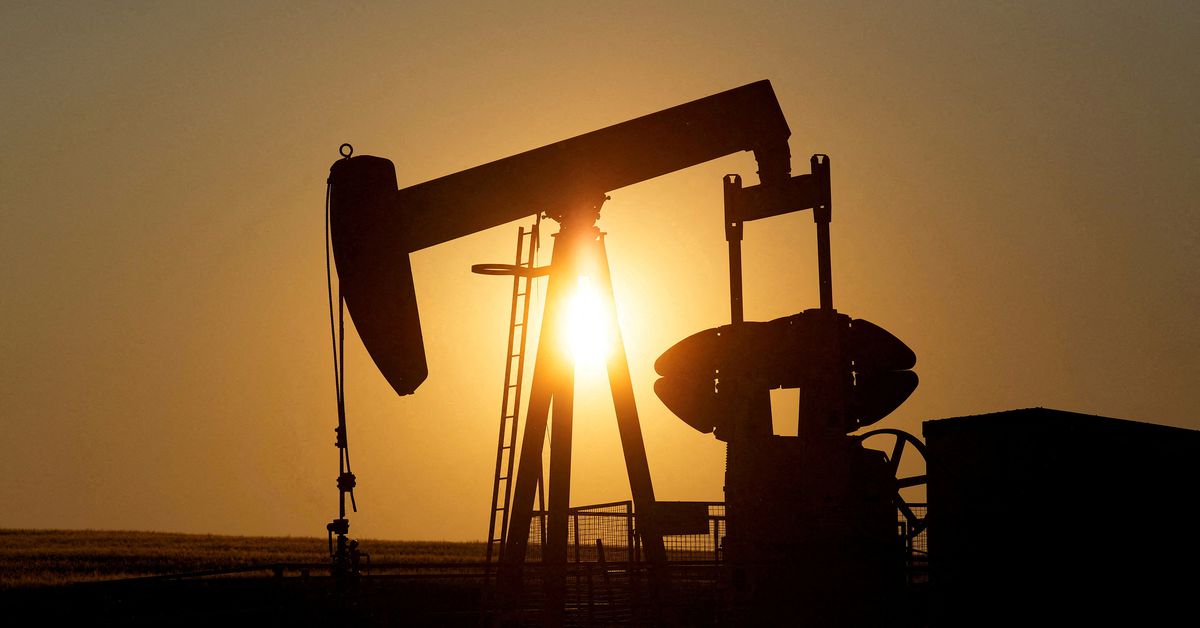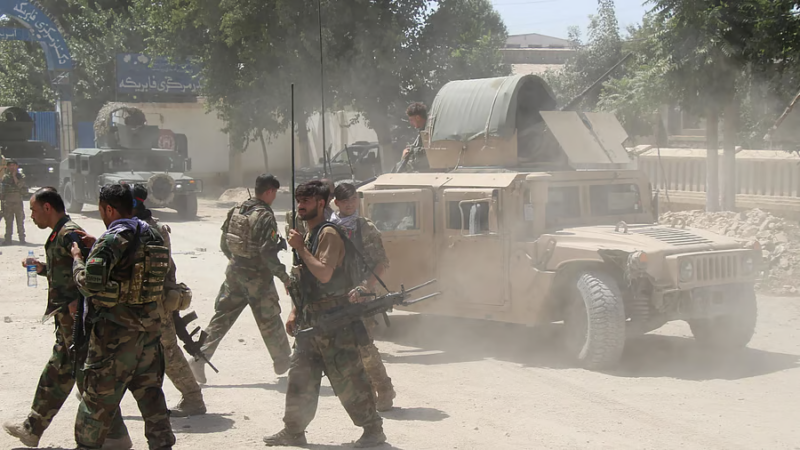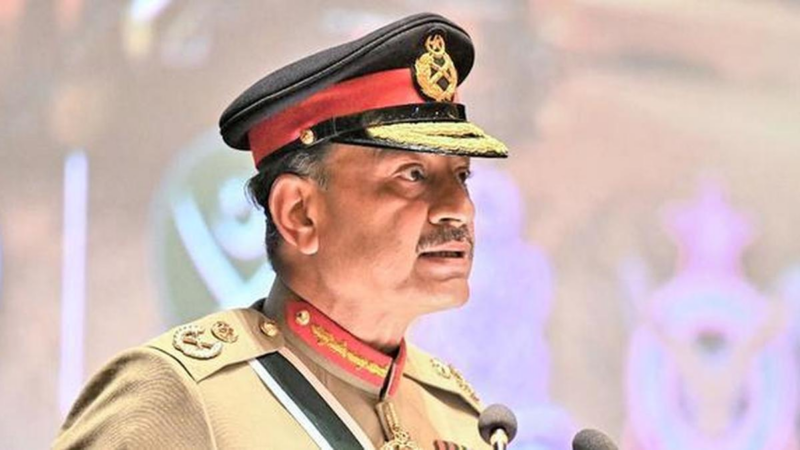Is China not in favour of resolution of Iran’s controversial nuclear deal?

Optimism on reviving the Iran nuclear deal has started fading as the US, which withdrew from the agreement in 2018, is yet to get response from Tehran on Washington DC’s proposal for a probe into traces of undeclared nuclear material. However, China is happy with the development.
The more Iran’s nuclear deal remains unresolved, the more Tehran remains isolated in the international arena—a perfect condition for China to suck the Middle-East country into its game plan in the Indo-Pacific region. Already brought in the ambit of the China-dominated Shanghai Cooperation Organisation (SCO) and waiting to be included in the BRICS, Iran finds in the authoritarian regime of Beijing an ally who can help it overcome its economic crisis and end international isolation. China is also seeing in Iran a friend who can fulfil its two prominent goals—strategic and energy security.
After Russia’s invasion of Ukraine, China and Iran have spared no effort to utilise turbulence at the geopolitical level to fulfil their respective interests. Despite being under sanctions, Iran has been steadily supplying a large amount of crude oil to China. According to Kpler, a Brussels-based data and analytics company, Iran exported more than 700,000 barrels a day crude oil to China in May and June. Chinese refiners, in view of the competitive price of the Iranian oil, have sought more imports from Tehran in subsequent months.
China is a lone buyer of sanction-hit Iran in the world, accounting for more than 6 percent of Beijing’s total oil imports. Beijing has long opposed the US and the European Union’s sanctions on Iran and Russia. “China maintains normal trade with both Iran and Russia in various areas including oil. These legitimate cooperations deserve respect and safeguarding,” Reuters quoted a Chinese Foreign Ministry Spokesperson as saying.
Over the years, China has also made investments in the mining and transportation sectors of Iran. This has helped Beijing in securing unhindered access to Iran’s natural gas and oil reserves. Iran has recently sought help from Russia to help it expedite and increase gas production from Phase 11 of South Paras, located in Iran’s southern Fars, Bushehr and Hormozgan regions. South Paras accounts for around 40 percent of Iran’s total 33.8 trillion cubic metres of gas reserves.
In 2019 China National Petroleum Corporation (CNPC) and other foreign oil and gas companies withdrew from the South Paras gas project following the US withdrawal from the Iran nuclear deal in 2018. In the changed circumstance when Russia’s invasion of Ukraine has impacted the political and the strategic landscape across the world, Tehran has also reached out to the CNPC and the China Petroleum and Chemical Corporation (Sinopec) for investment in Iran’s oil and gas fields.
However, since China’s interest lies in expanding its footprint in the Indo-Pacific region, Iran is eyed by Beijing for its sharing approximately 97,860 sq km long coastal line with the Persian Gulf and its strategic positions around the Strait of Hormuz and the Bab al-Mandab Strait. One third of the world’s natural gas and 25 percent of oil pass through the Strait of Hormuz, an important choke point that separates the Persian Gulf with the Gulf of Oman and the Arabian Sea. Despite being infested with pirates and plagued by instability, the Bab al-Mandab Strait remains a key channel for the Gulf countries to export their oil and gas to Europe, the US and Asia. The Bab al-Mandab Strait connects the Red Sea with the Gulf of Aden and the Arabian Sea.
With its military base in Djibouti, China will try to ensure that these chokepoints fit into its grand strategy in the Indo-Pacific region where the US-led Quadrilateral group is strengthening its influence through military drills, vaccine diplomacy and other developmental agenda. According to a UN report, 42 percent of the world’s exports and 38 percent of global imports passed in 2021 through the Indo-Pacific, which spans two oceans and several continents.
This year in January, 11 Iranian vessels, three Russian ships and two Chinese vessels conducted a series of joint tactical and artillery drills in the Indian Ocean. China was a major arms supplier to Iran in the 1980s and the 1990s. It ebbed following the arms embargo by the UN on Tehran. Now that the UN has lifted the embargo from Tehran, China is looking for an opportunity to revive its arms supply route to Iran. In late April, a Chinese military delegation headed by Minister of National Defence, Gen Wei Fenghe visited Tehran and held talks with Iranian President Ebrahim Raisi, the chief of Armed Forces General Staff, the defence minister, and the top officials of the Islamic Revolutionary Guard Corps. Following the talks, both sides agreed to expand bilateral cooperation in joint military drills, exchange of strategies and training.
As per the Middle East Institute, a non-profit and non-partisan think tank in Washington DC, “China and Iran are attempting to develop A2/AD (Anti-Access/Area Denial) capabilities in their littorals to counter the carrier fleets of the US and its allies. Both countries practice the sinking of American carriers on mock up models; they have also collaborated on the development of long-range anti-ship missiles, demonstrating how Chinese companies can enhance Iran’s indigenous weapons development.”
On August 4, US Assistant Secretary of State for Near Eastern Affairs Barbara Leaf told the Senate Foreign Relations Committee that China’s provision of unarmed aerial vehicles to Tehran has fallen into the hands of Iranian proxy groups. Even as Beijing has no direct role in Iranian proxy groups in Yemen, Bahrin, Iraq, Lebanon, Palestine, and Syria getting Chinese arms, it has not done anything to prevent the flow of arms into the hands of militant groups either. This has created some disquiets among officials of Saudi Arabia, the UAE and other Gulf countries, still they have yet to communicate their unhappiness officially to China.
In fact, the US Assistant Secretary of State’s briefing to the Senate Foreign Relations Committee has come at the time when Iranian-led proxies in Yemen have been unsparing in their attacks on Saudi Arabia and UAE’s interests. Using drones and missiles, Houthis have targeted oil facilities in Saudi Arabia and the UAE. In the midst of geopolitical tension in the region, China’s signing of the 25-year comprehensive strategic cooperation agreement with Iran last year, has been taken note of by Arab states.
The agreement will facilitate China to make $400 billion worth of investments over 25 years in return for a regular supply of low-cost Iranian oil. Arab News termed the pact, which will allow China to put 5,000 security and military personnel on Iranian soil, a “regional game changer.” However, in the same breath the Riyadh-based English daily also warned that this Chinese move will “raise red flags in Arab Gulf capitals as Iran continues to be a major source of instability in the region and its alliance with Beijing will only embolden the hard-liners in Tehran and Qom. Israel too will be feeling uneasy about the Chinese move.”
But there is also a fact: Much of China’s game in the Middle East will be successful when Iran remains isolated and continues to singe in sanctions. However, for the moment, Chinese authorities must be thankful for the current geopolitical situation in the world as Beijing is able to easily source cheap oil from Iran and fill its oil reserves.






